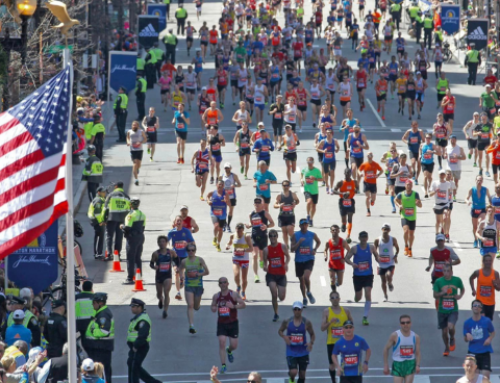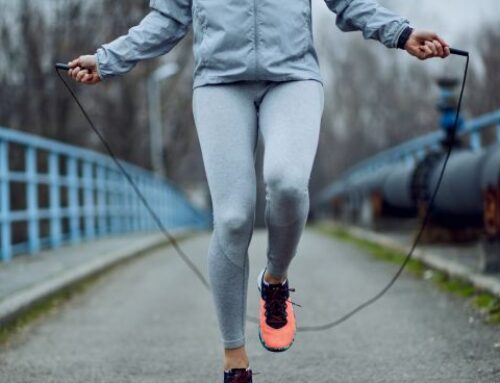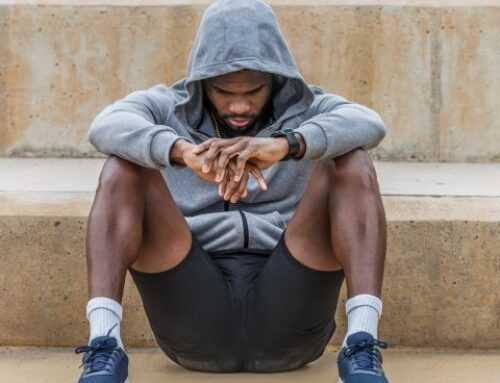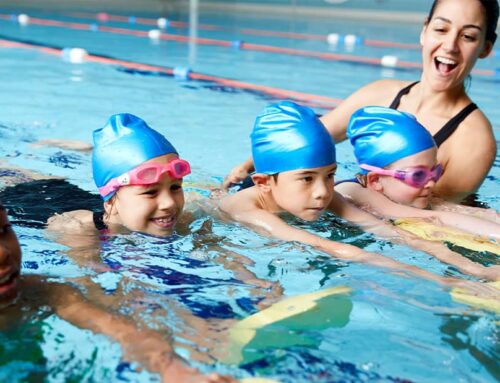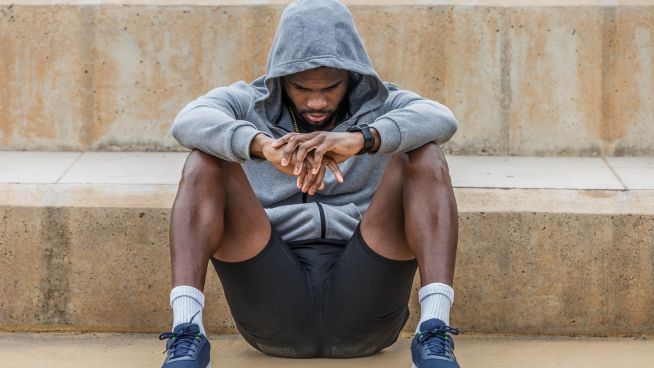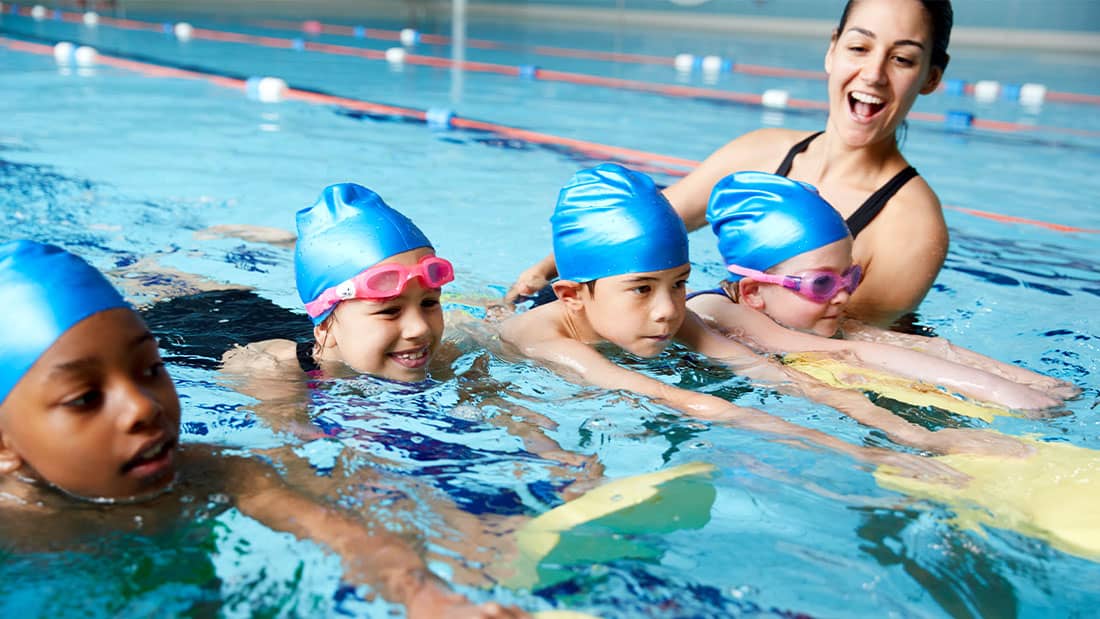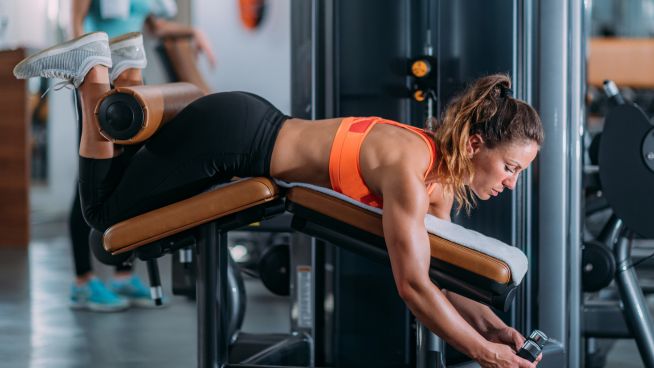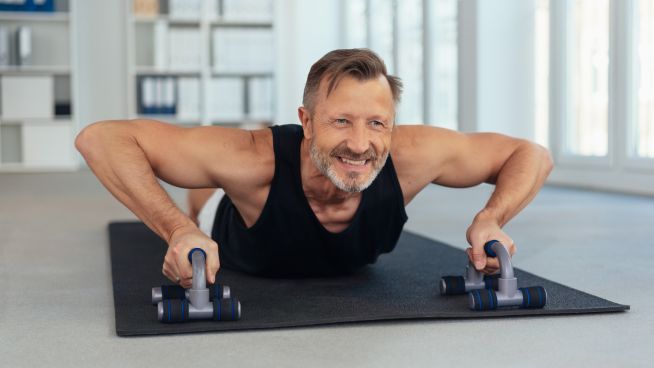The Scoop On Sports Vision Training From Dr. Graham Erickson
For most athletes, getting to the next level means countless hours of strength and skills training. However, as you may have already discovered, physical training can only take you so far.
According to Dr. Graham Erickson, a sports vision expert who has worked with several U.S. National Olympic teams, vision plays a surprisingly important role in sports performance. Dr. Erickson recently sat down with STACK to explain how athletes can take their game to the next level through sports vision training.
STACK: What are the goals of sports vision training?
Dr. Erickson: Ultimately, the goal is to make athletes better. There are a lot of different ways athletes train to make themselves better in their sport, and most of the time they focus on the physical. What we’re offering is a way to also train the sense of vision, since it is the key sense to being successful in sports.
The way I look at sports vision training is that you can’t be successful in your sport unless you are at the peak of your physical performance and the peak of your vision performance. The goal of sports vision training is to identify those critical factors that lead to success in the sport and give the athlete ways to enhance their performance in those specific visual skills, so that when they go out to compete, they see their sport better.
STACK: How have athletes you’ve worked with improved with vision training?
Dr. Erickson: I think the easy one to think about is depth perception and being able to judge how far away things are, how fast things are approaching—whether it’s a sport like soccer, basketball or baseball. Being able to judge how far away something is and how fast it’s approaching is really the key to making that successful movement to be in the right place at the right time.
We measure depth perception in any number of ways, and what we can see with training is that depth perception gets more sensitive. I think the critical factor for a lot of sports is that depth perception is not only more sensitive, but you get a sense of the accuracy of the depth much faster. So, we speed up the rate of depth perception, which gives you more time to make the right decision in your sport.
STACK: What are some of the vision issues that you see affecting players’ performance?
Dr. Erickson: One of the most common is that we see players who really aren’t maximally corrected in terms of wearing a vision correction. Sometimes just modifying their prescription or giving them a better contact lens for their prescription can make a subtle but very important difference in how well they see their sport. The second step then would be training.
STACK: Are there any specific drills or exercises that young athletes can perform to improve their vision?
Dr. Erickson: In most sports, what you’re looking directly at is important, but at least equally important is what is in your peripheral vision. Being able to pick up movement, competitors or teammates and being able to see the full field of play is critical for team sports particularly.
Some simple drills that anybody can work on to improve their peripheral vision. if you’re driving in a car and you’re watching the license plate of the car in front of you. You can notice how far out you can see what’s on the side of the road versus what you’re looking at directly ahead to try and balance between what you’re processing from your central vision and what you’re processing from your peripheral vision. And it’s something you can practice [while] walking down the street, walking in a hallway—looking straight ahead and trying to, at the same time, process what’s happening in your peripheral vision. The more you practice that, the better your brain gets at making the shift between central and peripheral vision, and the more you’re able to apply that when you’re competing in your sport.
Table tennis is also a great cross-training sport, because it places tremendous demands on eye-hand reaction time, and it’s largely driven by your peripheral vision rather than your central vision. It’s especially effective for team sports where you have to make very quick reactions to changing information. I worked recently with a hockey team, and we put a table tennis setup in their lounge area so that when they’re relaxing and not specifically training or working out, it’s another way they can have fun, and at the same time really develop their eye-hand reaction times, and using their peripheral vision to guide that—and the faster the game gets, the more intense it gets on that eye-hand reaction time.
Stay on the STACK Blog for more vision training tips like the eye stretching drill from Dr. Larry Lampert. To learn more about sports vision training, check out Dr. Erickson’s podcast at blogtalkradio.com.
Photo: AP
RECOMMENDED FOR YOU
MOST POPULAR
The Scoop On Sports Vision Training From Dr. Graham Erickson
For most athletes, getting to the next level means countless hours of strength and skills training. However, as you may have already discovered, physical training can only take you so far.
According to Dr. Graham Erickson, a sports vision expert who has worked with several U.S. National Olympic teams, vision plays a surprisingly important role in sports performance. Dr. Erickson recently sat down with STACK to explain how athletes can take their game to the next level through sports vision training.
STACK: What are the goals of sports vision training?
Dr. Erickson: Ultimately, the goal is to make athletes better. There are a lot of different ways athletes train to make themselves better in their sport, and most of the time they focus on the physical. What we’re offering is a way to also train the sense of vision, since it is the key sense to being successful in sports.
The way I look at sports vision training is that you can’t be successful in your sport unless you are at the peak of your physical performance and the peak of your vision performance. The goal of sports vision training is to identify those critical factors that lead to success in the sport and give the athlete ways to enhance their performance in those specific visual skills, so that when they go out to compete, they see their sport better.
STACK: How have athletes you’ve worked with improved with vision training?
Dr. Erickson: I think the easy one to think about is depth perception and being able to judge how far away things are, how fast things are approaching—whether it’s a sport like soccer, basketball or baseball. Being able to judge how far away something is and how fast it’s approaching is really the key to making that successful movement to be in the right place at the right time.
We measure depth perception in any number of ways, and what we can see with training is that depth perception gets more sensitive. I think the critical factor for a lot of sports is that depth perception is not only more sensitive, but you get a sense of the accuracy of the depth much faster. So, we speed up the rate of depth perception, which gives you more time to make the right decision in your sport.
STACK: What are some of the vision issues that you see affecting players’ performance?
Dr. Erickson: One of the most common is that we see players who really aren’t maximally corrected in terms of wearing a vision correction. Sometimes just modifying their prescription or giving them a better contact lens for their prescription can make a subtle but very important difference in how well they see their sport. The second step then would be training.
STACK: Are there any specific drills or exercises that young athletes can perform to improve their vision?
Dr. Erickson: In most sports, what you’re looking directly at is important, but at least equally important is what is in your peripheral vision. Being able to pick up movement, competitors or teammates and being able to see the full field of play is critical for team sports particularly.
Some simple drills that anybody can work on to improve their peripheral vision. if you’re driving in a car and you’re watching the license plate of the car in front of you. You can notice how far out you can see what’s on the side of the road versus what you’re looking at directly ahead to try and balance between what you’re processing from your central vision and what you’re processing from your peripheral vision. And it’s something you can practice [while] walking down the street, walking in a hallway—looking straight ahead and trying to, at the same time, process what’s happening in your peripheral vision. The more you practice that, the better your brain gets at making the shift between central and peripheral vision, and the more you’re able to apply that when you’re competing in your sport.
Table tennis is also a great cross-training sport, because it places tremendous demands on eye-hand reaction time, and it’s largely driven by your peripheral vision rather than your central vision. It’s especially effective for team sports where you have to make very quick reactions to changing information. I worked recently with a hockey team, and we put a table tennis setup in their lounge area so that when they’re relaxing and not specifically training or working out, it’s another way they can have fun, and at the same time really develop their eye-hand reaction times, and using their peripheral vision to guide that—and the faster the game gets, the more intense it gets on that eye-hand reaction time.
Stay on the STACK Blog for more vision training tips like the eye stretching drill from Dr. Larry Lampert. To learn more about sports vision training, check out Dr. Erickson’s podcast at blogtalkradio.com.
Photo: AP



